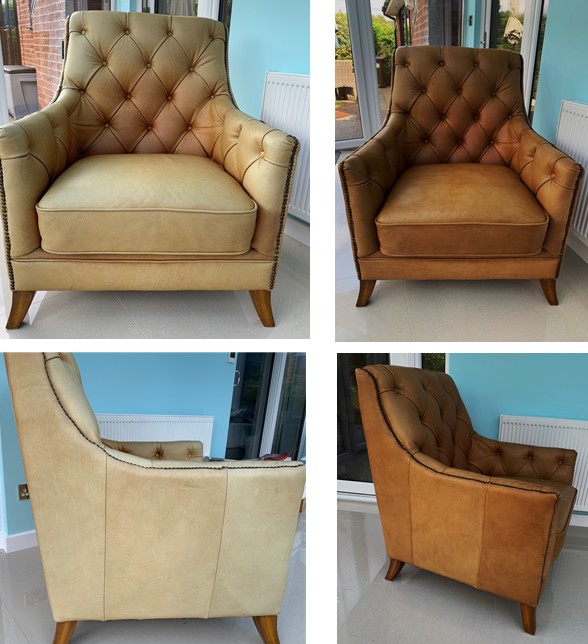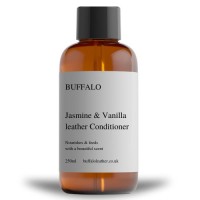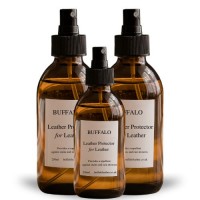News
CUSTOMERS OWN TRANSFORMATION
What a wonderful transformation carried out by one of customers using our aniline leather dye kit, just needs a lick of our leather balm to enhance and polish the surface.
Our customer was over the moon how simple the process was.
Purchase the kit now!

CUSTOMERS OWN TRANSFORMATION
What a wonderful transformation carried out by one of customers using our aniline leather dye kit, just needs a lick of our leather balm to enhance and polish the surface.
Our customer was over the moon how simple the process was.
Purchase the kit now!

WHAT IS ANILINE LEATHER
The main characteristic of aniline leather is its soft and supple feel. It retains the natural texture of the hide, including any wrinkles, scars, or markings, which adds to its authenticity and uniqueness. Aniline leather also develops a beautiful patina over time, further enhancing its appearance.
However, aniline leather is more susceptible to stains, fading, and color variations compared to other types of leather. Since it lacks a protective coating, it can absorb liquids and oils, causing stains that are difficult to remove. It is also prone to fading when exposed to direct sunlight. Therefore, aniline leather requires regular maintenance and care to keep it in good condition.
To maintain aniline leather, it is recommended to apply a leather conditioner that helps repel liquids.
Regular cleaning using a soft, dry cloth is also important to remove dust and dirt particles that could potentially damage the leather.
Go to our product page just for aniline leathers - click here!
Overall, aniline leather is highly regarded for its natural beauty, softness, and luxurious appearance. It is often used in high-end furniture, fashion accessories, and luxury car interiors where its unique characteristics are valued.






